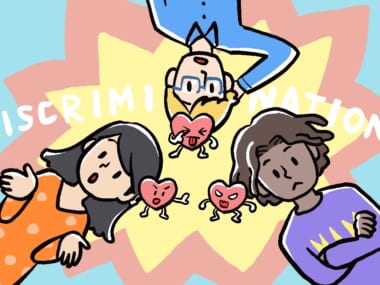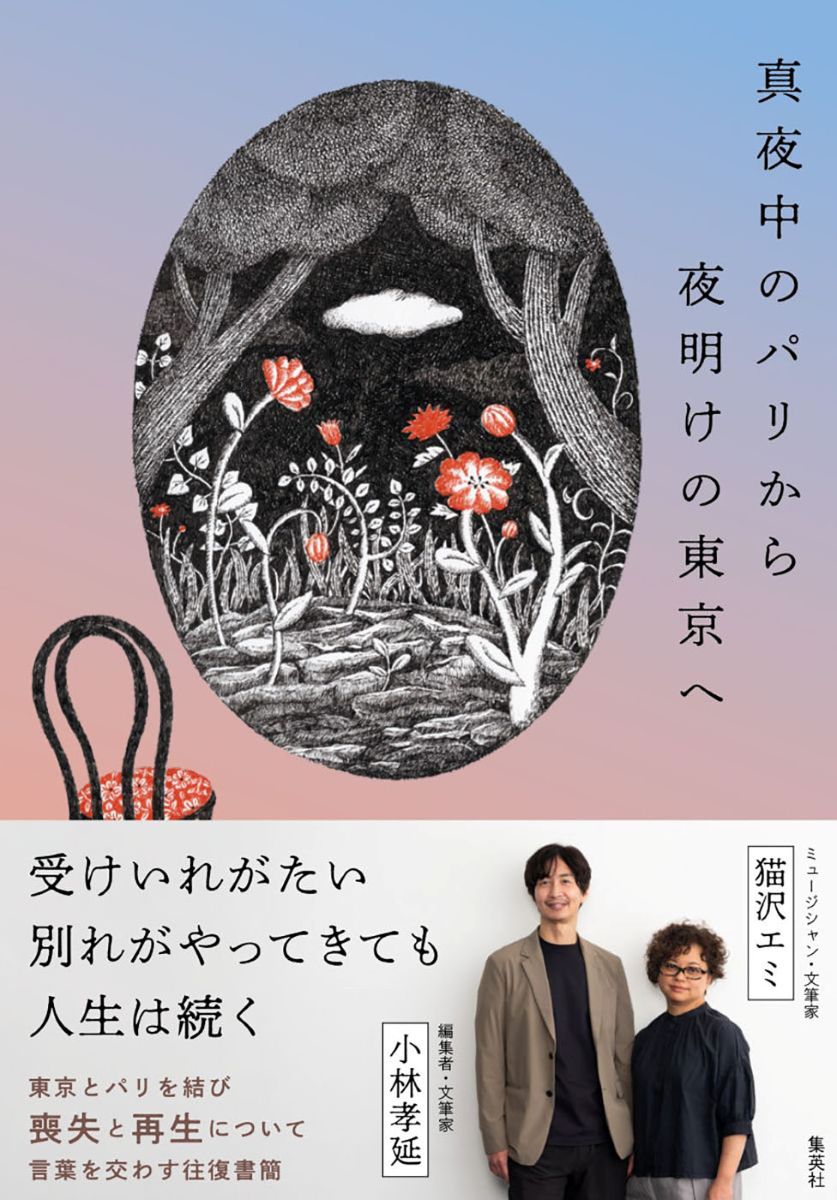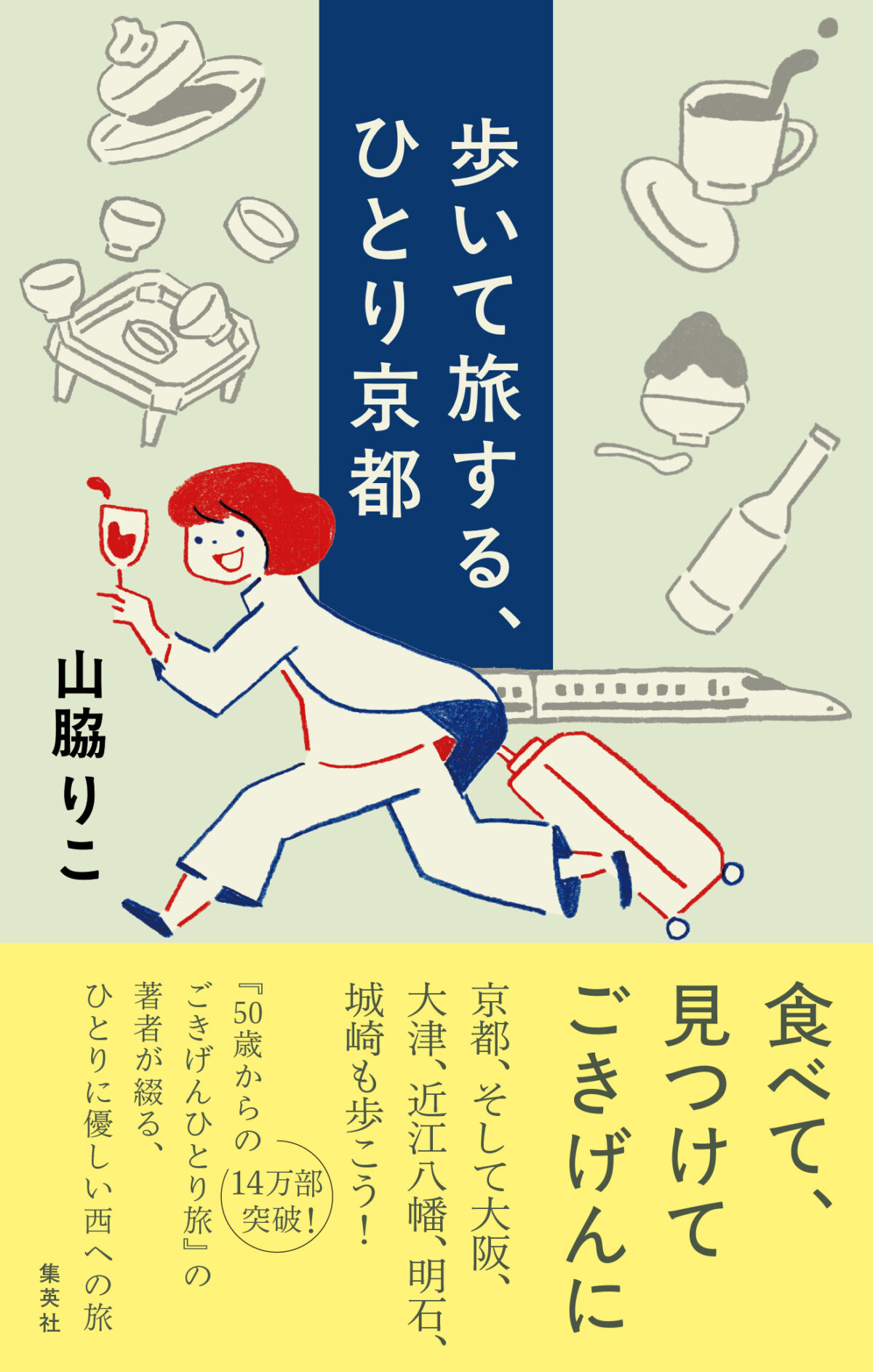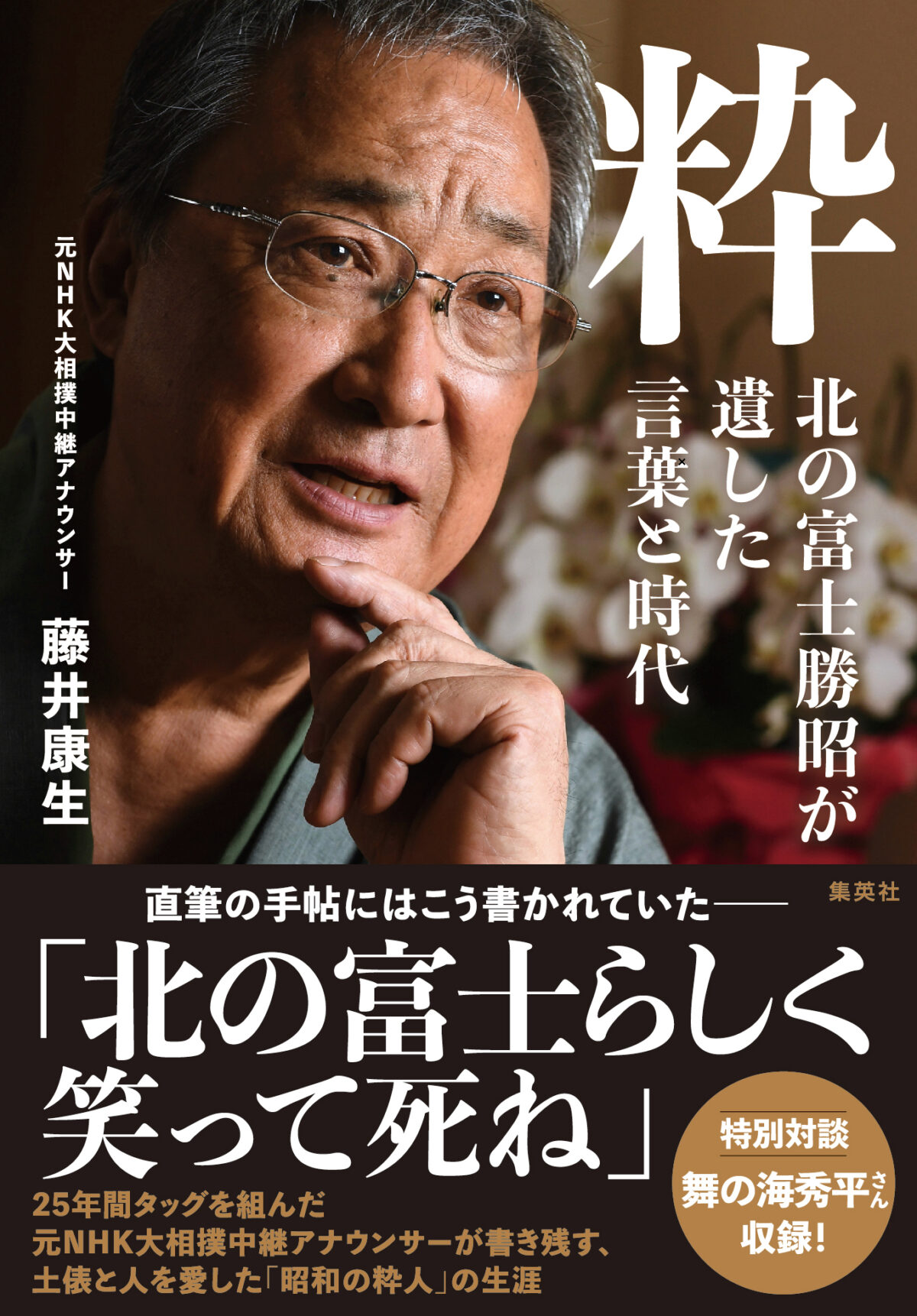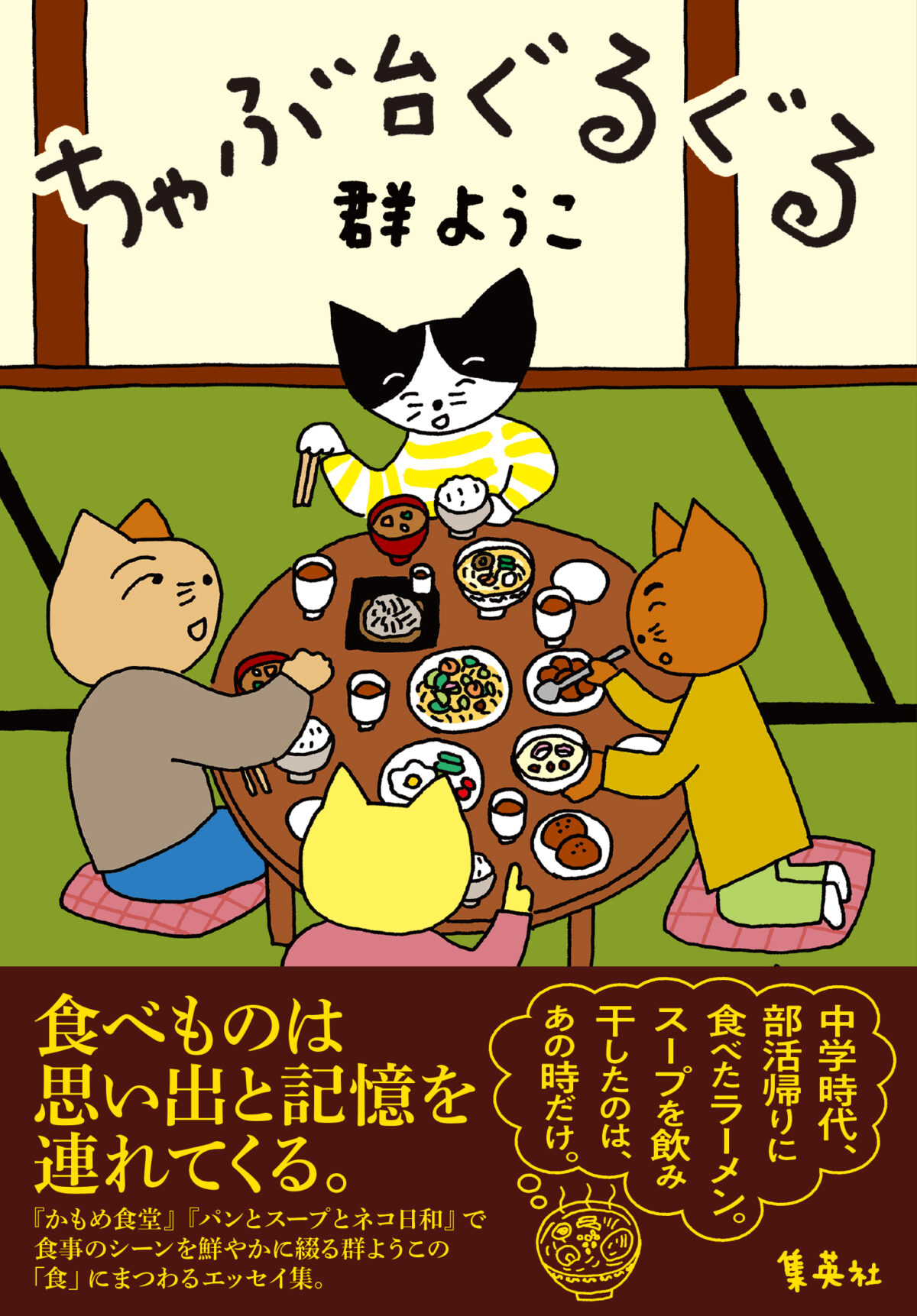2023.4.13
薬物に依存してしまうのは進化のミスマッチが原因? 依存症の進化心理学
【注釈】
注1:松本俊彦. 依存症がわかる本: 防ぐ, 回復を促すためにできること.講談社.2021.
注2:依存症.こころの情報サイト.国立研究開発法人 国立精神・神経医療研究センター精神保健研究所.
注3:Katz, S. H., & Voigt, M. M. (1986). Bread and beer. Expedition, 28(2), 23-34.
注4:Booth, M. (2013). Opium: A history. St. Martin’s Griffin.
注5:Hardy, K. (2021). Paleomedicine and the evolutionary context of
medicinal plant use. Revista Brasileira de Farmacognosia, 31, 1–15.
注6:Oxilia, G., Peresani, M., Romandini, M., Matteucci, C., Spiteri, C. D., Henry, A. G., … & Benazzi, S. (2015). Earliest evidence of dental caries manipulation in the Late Upper Palaeolithic. Scientific reports, 5(1), 1-10.
注7:Trinkaus, E., & Zimmerman, M. R. (1982). Trauma among the Shanidar Neandertals. American Journal of Physical Anthropology, 57(1), 61-76.
注8:水分摂取を抑制する脳内メカニズムを解明 口渇感を調節する新たな脳機能の発見. 東工大ニュース.東京工業大学
注9:Durrant, R., Adamson, S., Todd, F., & Sellman, D. (2009). Drug use and addiction: evolutionary perspective. The Australian and New Zealand journal of psychiatry, 43(11), 1049–1056.
注10:サイコパスは性に奔放?遺伝子の影響は?進化心理学で考える反社会的人格
注11:生活史理論で特に重要となるのは、成長・自己保全・繁殖の3つのタスクにおけるトレード・オフです。一般に、成長に配分する資源を増やすことは、競争において有利となり、自己保全に配分する資源を増やすことは生存率を高めるうえで有利となります。繁殖に配分する資源を増やすことは、次世代に子どもを残すうえで有利となります。生物個体にとっては、いずれのタスクにも資源を無制限に投入したいところですが、実際には資源は有限であるため、タスク間での配分におけるトレード・オフが重要となります。さらに、鳥や哺乳類の多くの種のように、親が子を養育する生物では、繁殖に成功する、すなわち次世代に遺伝子を残すことに成功するためには、配偶者との交配というタスクに加えて、生まれた子を繁殖可能な段階まで養育するというタスクを成し遂げる必要があります。このように繁殖というタスクのなかに配偶と養育の二つのタスクが含まれる場合は、これら2つのタスク間でのトレード・オフも重要な問題となります。
注12:生活史戦略の「性急な戦略」と「緩慢な戦略」には、下表のようにいくつかの別の呼称があります。生態学のテキストでは「r戦略」と「K戦略」という呼称が用いられることが多いです。r戦略のrとは、個体が増加する速さを意味する内的増加率を表す記号で、K戦略のKとは、有限の空間の中で生存できる個体数の上限を意味する環境収容力を表す記号です。どちらも生態学では非常に重要な概念です。

記事が続きます
注13:
Athamneh, L. N., Freitas-Lemos, R., Basso, J. C., Keith, D. R., King, M. J., & Bickel, W. K. (2022). The phenotype of recovery VI: The association between life-history strategies, delay discounting, and maladaptive health and financial behaviors among individuals in recovery from alcohol use disorders. Alcoholism, clinical and experimental research, 46(1), 129–140.
Mishra, S., Templeton, A. J., & Meadows, T. J. S. (2017). Living, fast and slow: Is life history orientation associated with risk-related personality traits, risk attitudes, criminal outcomes, and gambling? Personality and Individual Differences, 117, 242–248.
Tifferet, S., Agrest, S., & Benisti Shlomo, A. (2011). Problem gambling: an outcome of a life history strategy. International Gambling Studies, 11, 253 – 262.
注14:
Zhou, H., Wu, A. M., Su, X., Chang, L., Chen, J. H., Zhang, M. X., & Tong, K. K. (2023). Childhood environment and adulthood food addiction: Testing the multiple mediations of life history strategies and attitudes toward self. Appetite, 106448.
Zhang, M. X., Su, X., & WU, A. M. (2022). Is fast life history strategy associated with poorer self-regulation and higher vulnerability to behavioral addictions? A cross-sectional study on smartphone addiction and gaming disorder. Current Psychology, 1-11.
Lai, X., Huang, S., Nie, C., Yan, J. J., Li, Y., Wang, Y., & Luo, Y. (2022). Trajectory of problematic smartphone use among adolescents aged 10–18 years: The roles of childhood family environment and concurrent parent–child relationships, Journal of Behavioral Addictions, 11(2), 577-587.
記事が続きます
![[1日5分で、明日は変わる]よみタイ公式アカウント](https://yomitai.jp/wp-content/themes/yomitai/common/images/content-social-title.png?v2)



